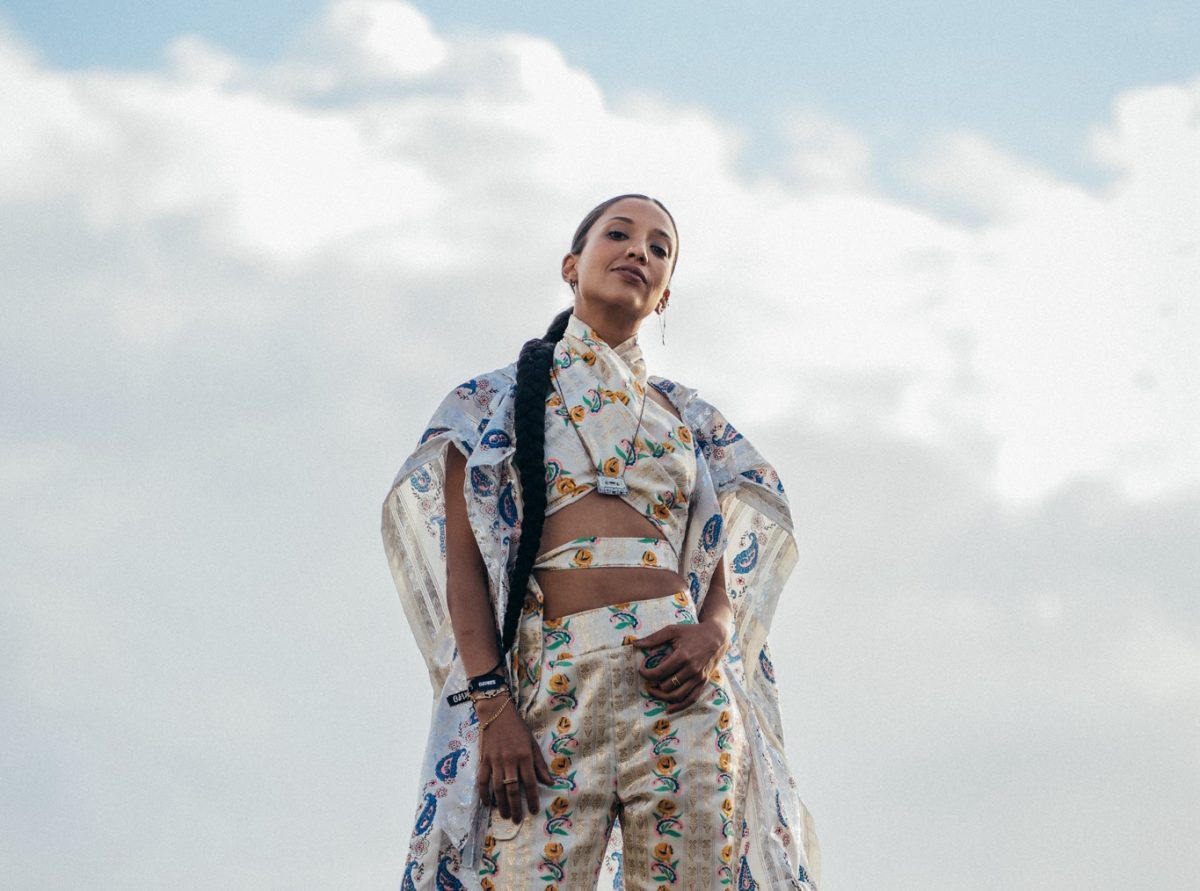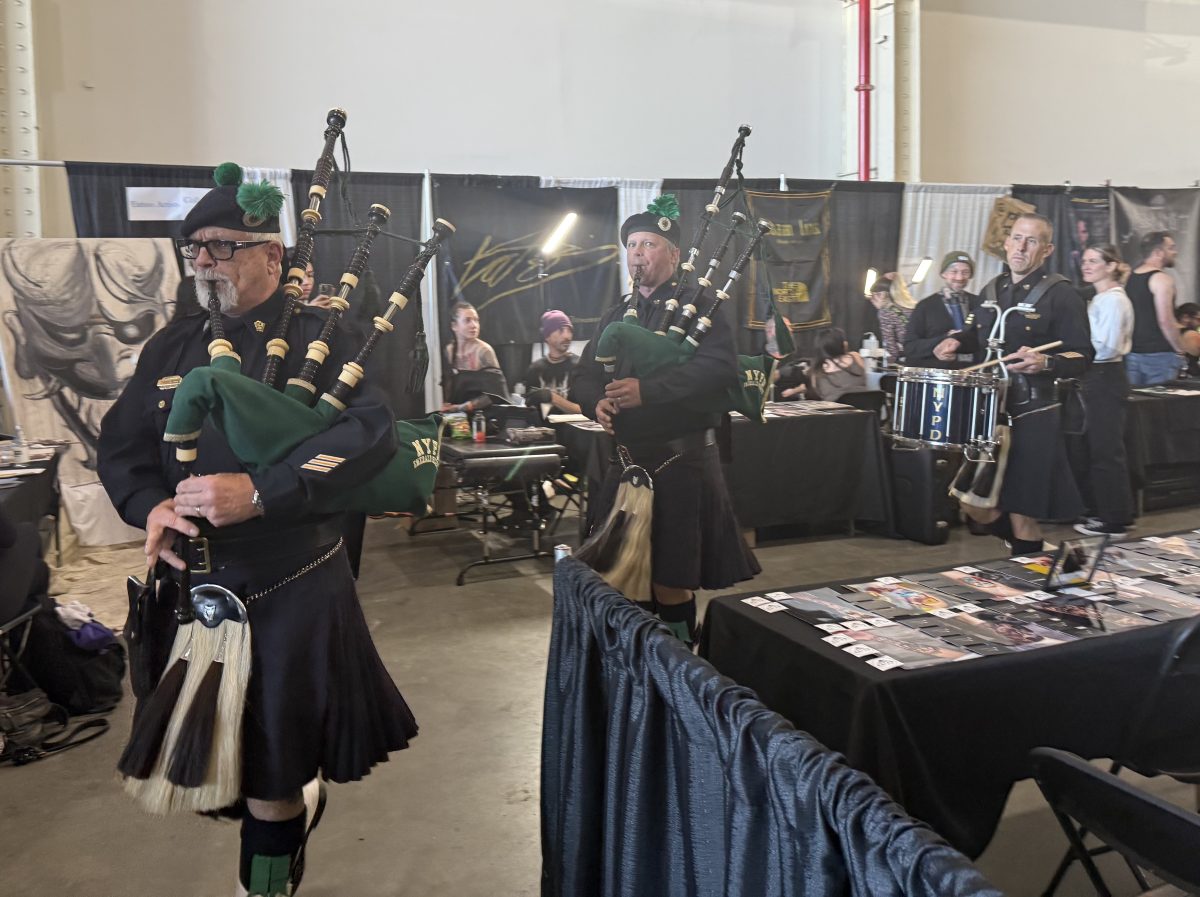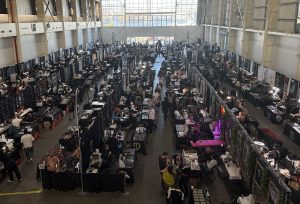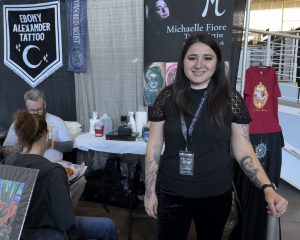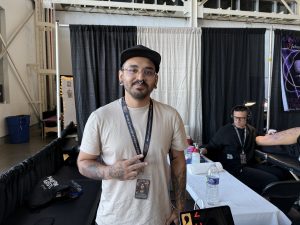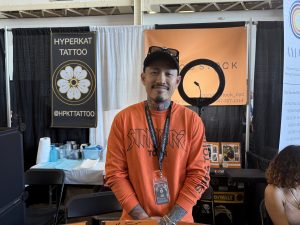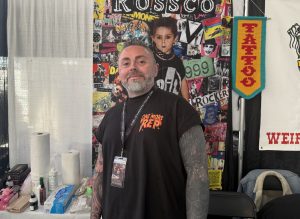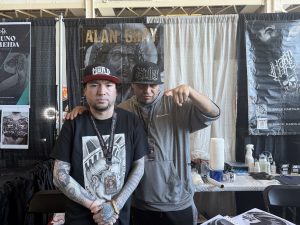New Brooklyn Festival Highlights Creole Artists
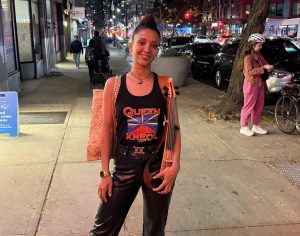
“What’s beautiful about discovering Creole culture is that you have to embrace multiplicity,” says Kréol Fest organizer Natie.
The idea for Kréol Fest, an upcoming arts bash at Cafe Erzulie in Bushwick on November 3 that aims to celebrate the intersections of Creole cultures through music, dance, visual arts, fashion, and food, came to its organizer, who goes by the mononym Natie, in stages.
The first was in 2020, during the Black Lives Matter protests in Brooklyn. “I felt really lost,” Natie, a classically trained violinist who toured with Beyoncé before launching her solo career in 2018, remembered. “I wasn’t marching, I wasn’t posting about it on social media, and I thought, is this me not being a part of the fight?” But an art curator whom she was friends with told her that while it was important to be fighting injustice, there was also a role for those who could “build something to come back to.” Expanding from that kernel, Natie decided to create a weekly jam session called Sunday Art Hang, based out of the Clinton Hill bar Izzy Rose.
“It was right after the lockdown,” she said, “and it was about creating a community so that artists wouldn’t go crazy in their heads by themselves. They would have an afternoon to share what they were doing, where they were at, what they were struggling with. It was for us to hear each other and support each other.” Sunday Art Hang is now in its third year, and recently expanded to a new space at another Brooklyn bar, Umbra.
Yet back during the pandemic, Natie, who is from Réunion, a French department off the coast of Madagascar, found herself for the first time in a bubble with only American friends. “It was a super fun group,” she said. “But when it came to conversations about race, it was really tense.”
“I felt misunderstood, but I realized I also had a lot to learn and understand about the dynamics here: what does ‘Black’ mean, what does ‘white’ mean in this context? That was the awakening of my sense that there is so much to talk about — and without sounding like I’m preaching, I think there’s something to be shared from where I come from, another way to look at how we live together.”
Then, in 2023, Natie connected with a percussion group from Réunion called Rouler Killer that was visiting New York, and convinced them to come to Sunday Art Hang for a night of improvised music. “It was so special,” she said. “That was a preview of what Kréol Fest could be like — that moment really fueled me.”
The third and final component settled into place when Natie’s partner relayed a conversation he’d had with a Haitian artist, whom he was telling about her Creole roots. To the artist, the fact that she came from Réunion seemed disqualifying. “But,” the artist said, “they’re not Creole!”
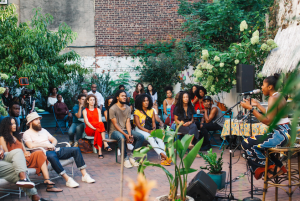
A recent jazz night at Cafe Erzulie, which will be the venue for Kréol Fest.
It’s in this crucible of questions — about race and belonging, the far-reaching resonances of the term ‘Creole,’ and the role that art has to play — that the festival has taken shape. Running from 6 p.m. until midnight, it will assemble ten artists (including saxophonist Kafele Bandele, visual artist Watson Mere, and fashion curator SA-RA) from a wide range of disciplines, representing five different countries: New Orleans, Réunion, Guyana, Trinidad, and Haiti. The event will kick off with a panel discussion, followed by live performances and an array of vendors.
“What’s beautiful about discovering Creole culture is that you have to embrace multiplicity,” Natie stressed. “Because by nature it is a blend. It’s even more important now, in such a divided climate. Everything is polarizing, a binary choice, and when you engage with Creole culture you have to expand that vision and embrace the fact that it’s this and this and this, and it coexists.”
Ideally, Natie hopes the event will extend beyond this initial installment to become something more. “I want Kréol Fest to exist in ten years,” she said. “I want it to travel. The idea is to uplift each other, and through this shared history see where we can grow stronger as a community.”


